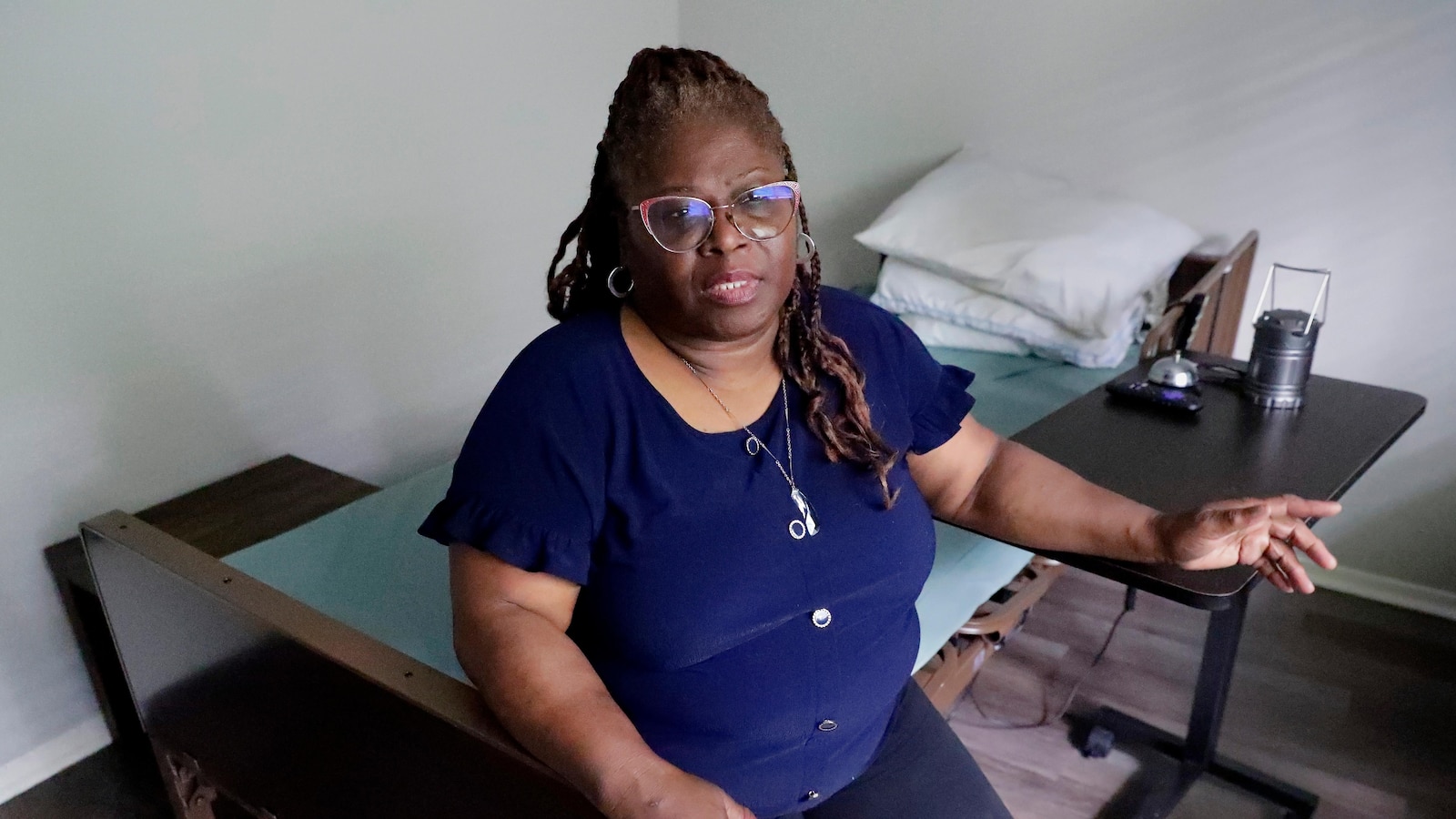Heat-related Texas deaths climb after Beryl left millions without power
In the aftermath of Tropical Storm Beryl, millions of residents in Texas were left without power, leading to a surge in heat-related deaths across the state. As temperatures soared to dangerous levels, vulnerable populations, such as the elderly and those with pre-existing health conditions, were particularly at risk.
The lack of electricity meant that many Texans were unable to cool their homes, leaving them exposed to stifling heat for days on end. Without access to air conditioning or fans, the extreme temperatures took a toll on the health of many residents, resulting in a tragic increase in heat-related fatalities.
In cities like Houston, where temperatures reached well over 100 degrees Fahrenheit, emergency services were overwhelmed with calls for heat-related illnesses. Hospitals reported a spike in admissions for heat exhaustion and heat stroke, further highlighting the severity of the situation.
The impact of the heatwave was felt most acutely in low-income communities, where residents often lack the resources to cope with extreme weather conditions. Without the means to escape the heat, many vulnerable individuals were left with no option but to suffer through the oppressive temperatures.
In response to the crisis, local authorities scrambled to set up cooling centers and distribute fans and bottled water to those in need. However, the sheer scale of the disaster meant that resources were stretched thin, leaving many residents to fend for themselves in the sweltering heat.
The tragedy serves as a stark reminder of the devastating consequences of extreme weather events and the importance of preparedness in the face of natural disasters. As the effects of climate change continue to worsen, it is crucial for communities to have robust emergency response plans in place to protect the most vulnerable members of society.
As Texas grapples with the aftermath of Tropical Storm Beryl and the heatwave that followed, it is imperative that steps are taken to prevent similar tragedies in the future. By investing in infrastructure and resources to mitigate the impact of extreme weather events, we can ensure the safety and well-being of all residents, regardless of their socioeconomic status.






